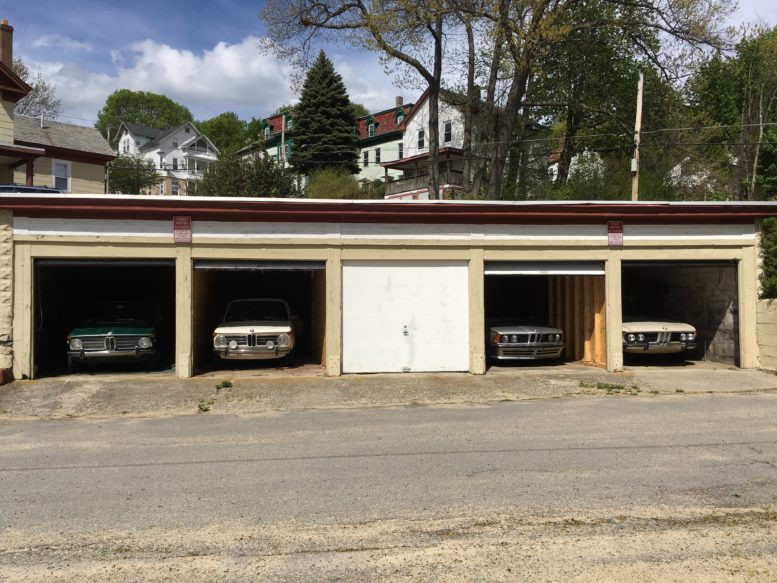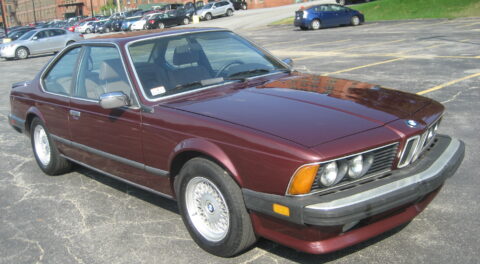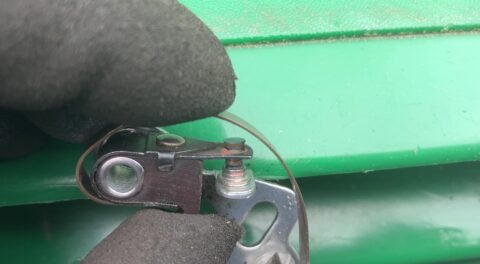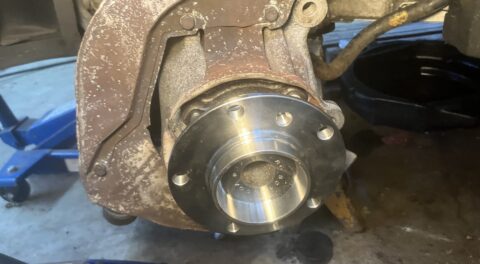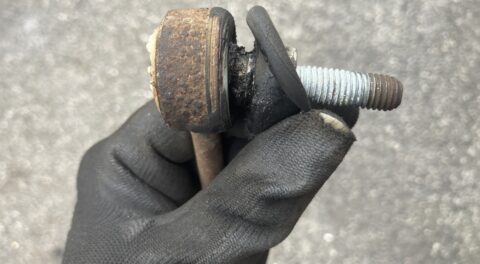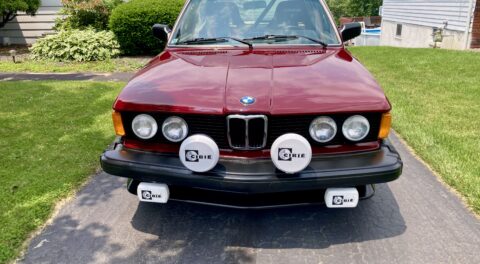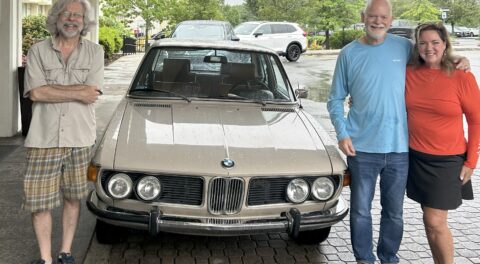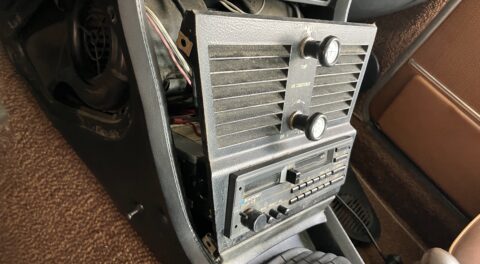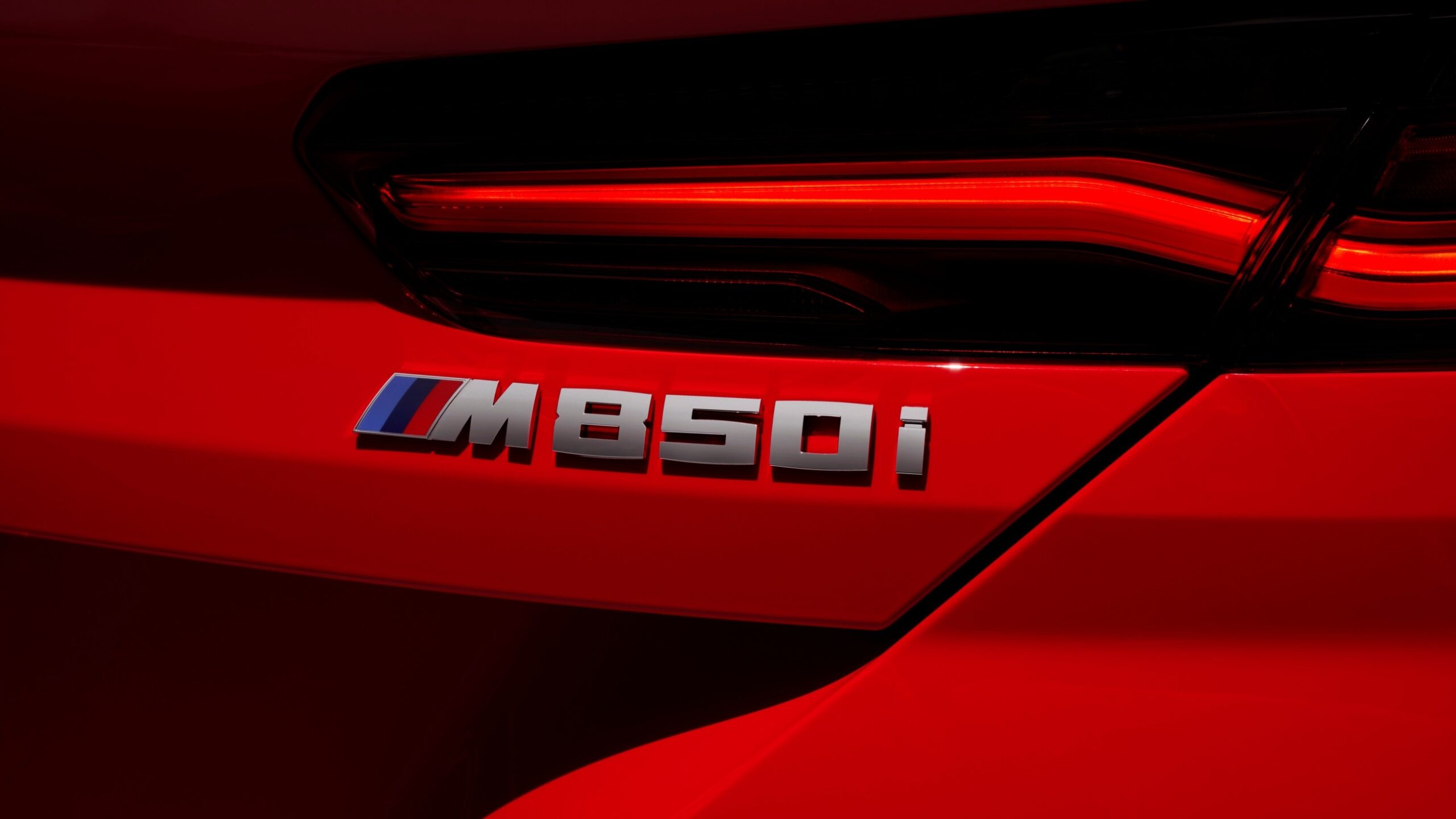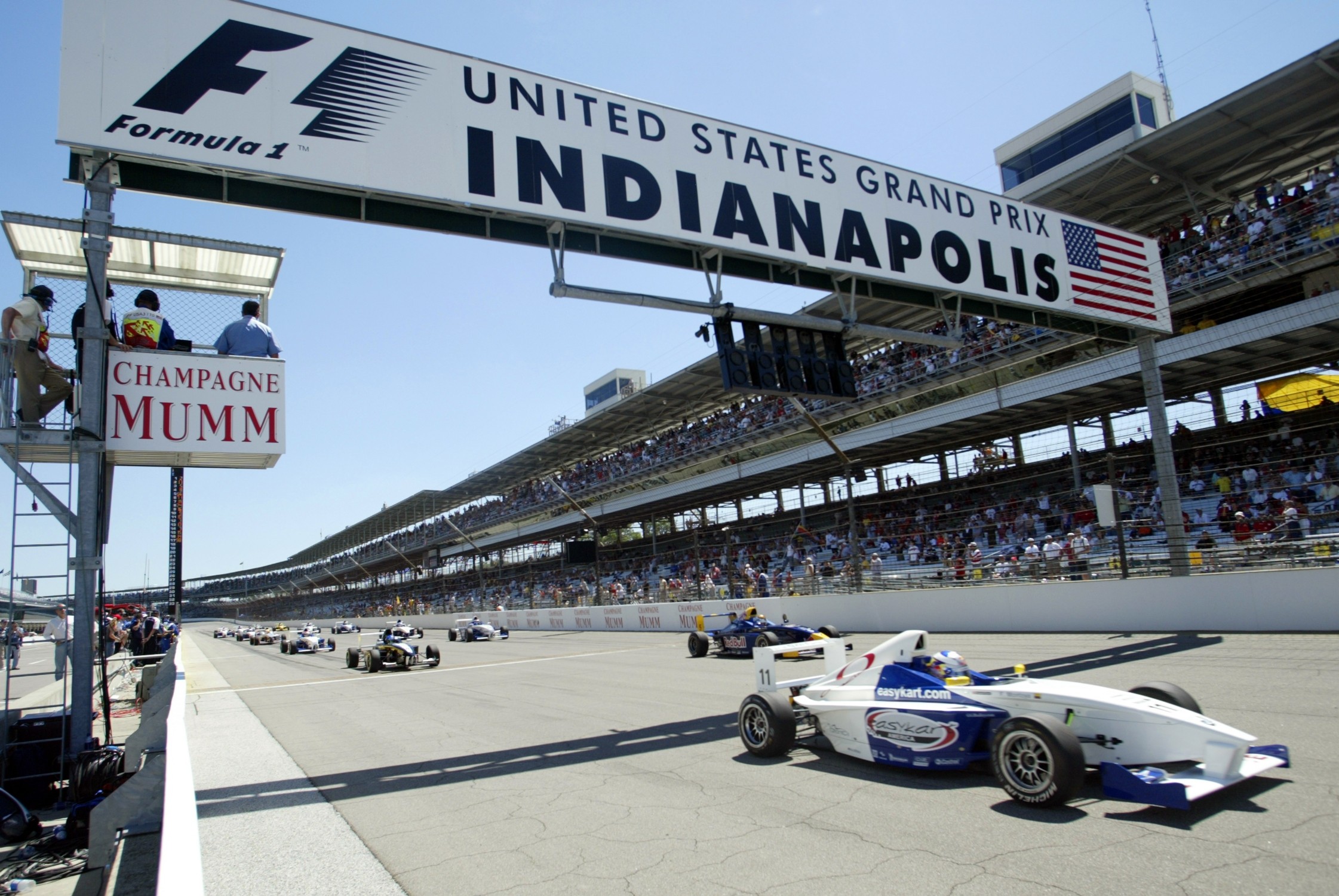As the big seasonal clock swings around to September, I’m paying attention to the rapidly approaching date for a thrice-postponed event, the Vintage, in Asheville on September 18. Although I’m alarmed by the spread of the Delta variant of COVID-19, I’m fully vaccinated, and in a world of shades of gray, we make our decisions on priority, risk, and exposure. Just as going would’ve felt wrong last year, not going this year wouldn’t feel right, so absent any suddenly-worsening developments, I’m committed.
The fact that the Vintage is occurring in mid-September instead of its usual weekend before Memorial Day is also slightly jarring. Driving-wise, it will probably feel very similar: a cool start that’ll rapidly turn into being thankful for the car’s air conditioning. But rhythm-wise, something feels slightly off.
I’ll get over it.
Meanwhile, my immediate task is choosing a car, which has to be among the happier problems in my life. On paper, there are thirteen cars to choose from, but obviously the no-longer-mouse-infested Silverado, the little Winnebago Rialta RV, my wife’s Honda Fit, and my sort-of-daily-driver 2003 530i aren’t Vintage fodder (although the E39 would likely be the most comfortable car of them all for the long drive). Neither is the ’99 M coupe or the ’99 Z3, but they’d probably be the most fun on the Blue Ridge Parkway.
Let’s just forget about the Lotus Europa.
In terms of cars that are allowed allowed onto the field at the Vintage, then, what we’re left with are six 1970s BMWs that divide neatly into three 2002s and three cars with big M30 engines.
The 2002s
Make no mistake, I love distance-driving 2002s. And if something breaks, there’s not a car I know better. But—and I know that my friends may hang me in effigy for saying this—2002s can be a bit fatiguing on long Interstate trips. It’s not necessarily the speed or engine rpm, it’s more the wind and road noise; unless your door seals are new and the doors and windows are adjusted perfectly, those frameless windows let in a lot of noise, so much that I’ve largely given up on sound systems in 02s. The volume needs to be cranked up really loud to be heard over the background whoosh, and that’s tiring.
Still, distance-driving an 02 is like camping. It’s a simple, centering experience in which you’re glad to live in the moment, and maybe also admit that you’re glad for the hot shower at the end of it.
And I’ve got some fine 2002 choices:
Bertha
I drove Bertha, the snotty ’75 2002 I bought in Austin in 1984, moved up to Boston, daily-drove for six years, turned into a 2002ti tribute car, sold to my friend Alex who ran it down then let it sit for 26 years, and bought back in 2018 and revived, to the last Vintage in 2019. With its highly-patinated exterior, I certainly don’t worry about weather, and the dual Weber 40DCOEs, high-compression pistons, hot cam, and stiff Koni suspension made it a blast to drive through the twisties on the way to the Hot Springs event grounds north of Asheville.
Presently, however, the car has an unsolved fuel-delivery issue that’s kept it sidelined in one of my Fitchburg garage spaces, and I haven’t made the time to get out there with a spare fuel pump and gas line. So right now Bertha is out of the running.
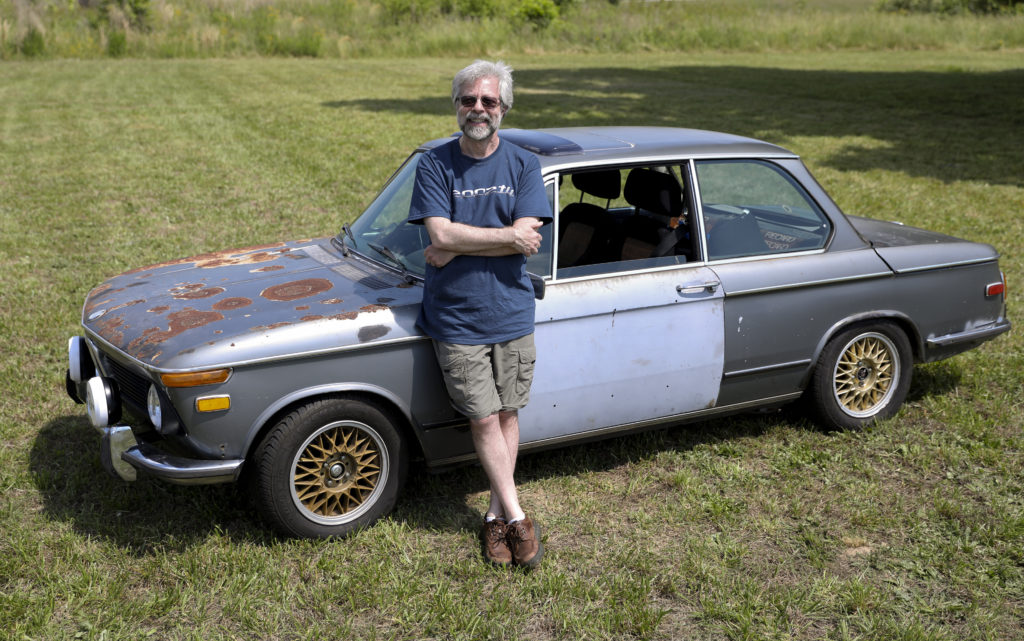
Bertha at the Vintage in 2019. [Photo courtesy Brian Ach.]
Louie
I absolutely adore Louie, the decade-dead ’72 2002tii I bought sight-unseen in Louisville in 2017, revived during a feverish week in my friend Jake Metz’ pole barn, and drove home. In the spring of that year, Louie strutted his stuff at the Vintage, then found his way into the 2002-themed “Icon” exhibit at the BMW CCA Foundation Museum. It was originally bone-stock, but I’ve tinkered with Louie over the past few years, and the car now sits on H&R sport springs, Bilstein HD shocks and struts, Suspension Techniques sway bars, fourteen-inch E30 steelies, and a retrofitted Clardy a/c system, all of which make the car a joy to drive.
However, after Louie’s stint in the Foundation exhibit, the car began to leak a lot of oil. The source turned out to be a crack in the top part of the left rear corner of the head—not through the combustion chamber but through the boss that the valve-cover stud screws into. I sealed it with J-B Kwik Weld and made it home without incident, but I never intended it as a permanent repair. Also, the degree of varnish on the valve train makes it clear that the head has never been off the car, and I imagine the valve-guide seals are as brittle as fresh tortilla chips.
For the past two winters, I’ve planned to pull the head and refresh it, but other things have competed for my time, money, and garage space. I enjoy the hell out of the car, but the idea of driving it 2,000 miles feels like tempting fate. Louie stays home.
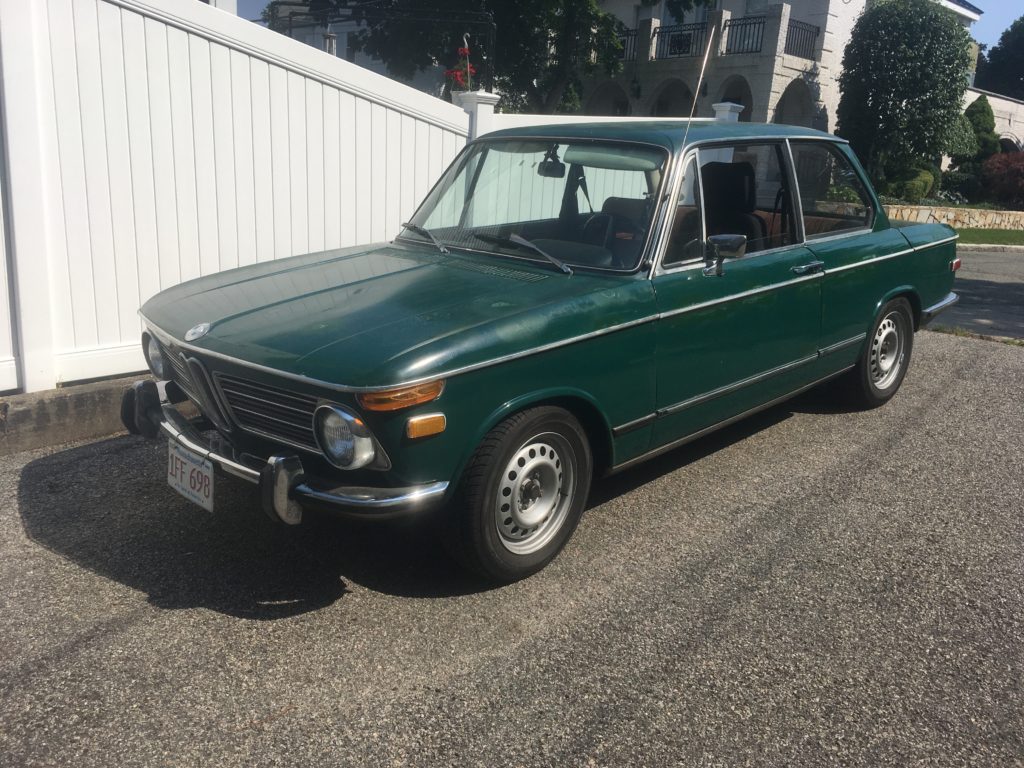
Love me some Louie, but…
Hampton
If I wanted to leverage my attendance at the Vintage into an opportunity to sell a car, I’d take Hampton, the 49,000-mile ’73 2002 that I bought two years ago from its original owner and subsequently put on Bring a Trailer, only for it not to meet reserve. Hell, if I didn’t want to put the mileage on the car, now that I own the no-longer-mouse-infested truck, I could even trailer the car down. But that’s not what the Vintage is for, at least not for me. Hampton stays.
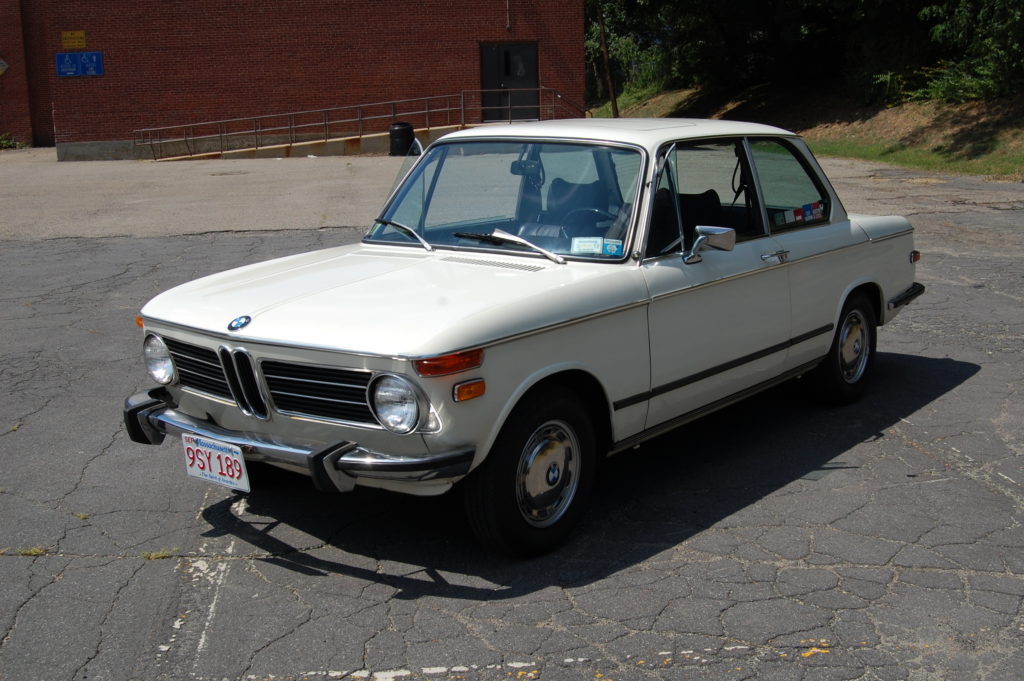
Pretty Hampton will have her day, but not at the Vintage.
So I’ve ruled out all three 2002s. And that brings us to…
The Big Six Cars
As much as I love 2002s, once you’ve driven any of the cars with BMW’s famed “Big Six” M30 engine, it’s tough to go back. BMW used the M30 engine in production cars for 27 years, from the E3 Bavaria and E9 coupes through the 5, 6, and 7 Series cars of the ’70s and ’80s, and incredibly continued into the 1990s in the E34 535i and the E32 735i. The engine’s torque and growl are just addictive.
1973 3.0CSi
E9s are lovely touring cars, and mine—the queen of the roost for the 35 years I’ve owned it—with its retrofitted L-Jetronic fuel injection, air conditioning, and Recaro seats, is a very capable and comfortable car in which to pound out miles. It’s been to the Vintage three times: 2010, 2011, and the Great Drenching Event of 2013, during which it poured during nearly the entire drive down, including 500 miles of unrelenting drenching rain. It was in the middle of that biblical downpour that I saw something skitter off the back of a semi and heard a loud metallic WHACK in the front of the E9. When I stopped at a rest area, I found that a clevis pin and chain had crashed through the car’s front grille and embedded itself in the a/c condenser. Minor damage notwithstanding, it made me feel like I’d used up my the car’s entire lifetime of moisture exposure in one day. Ever since, I’ve been afraid to take the elegant lady on any road trip where I can’t see a clear weather forecast from beginning to end, and that essentially rules out a six-day trip to the Vintage.
Even my rain-fear notwithstanding, at a bare minimum there are a few minor chips and scrapes that really should get some paint on them before they see moisture. I know that I’ll eventually relax and road-trip my favorite car again before I die, but for now, keeping my best girl dry feels right.
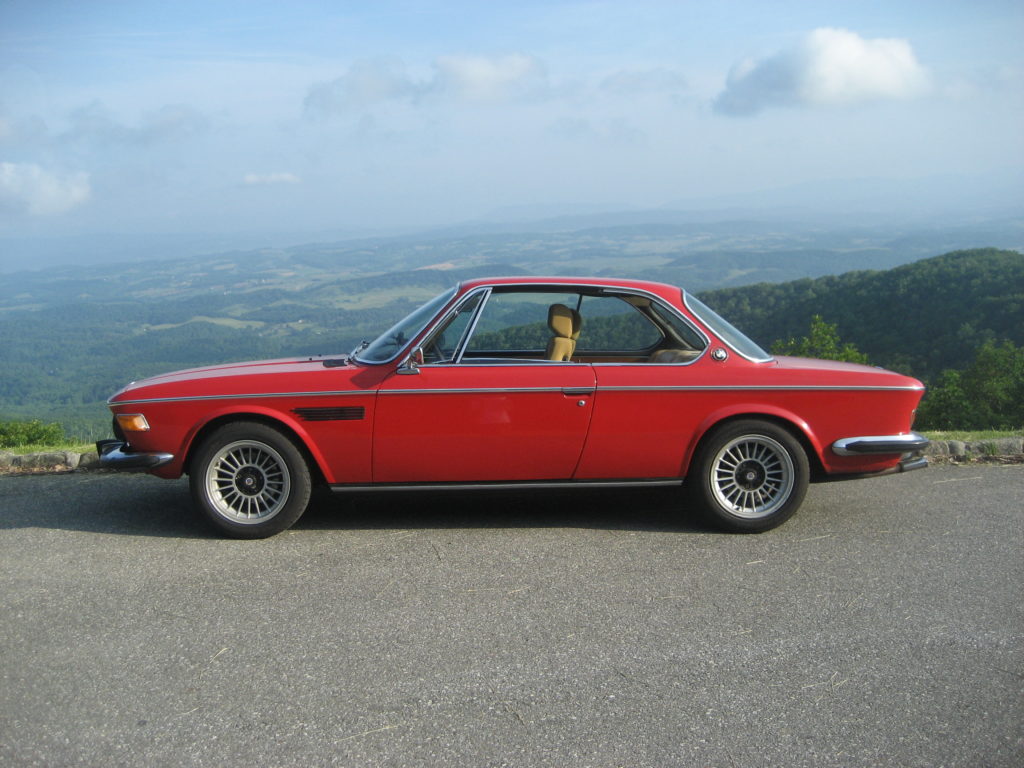
The E9 poses on the Blue Ridge Parkway during its first trip to the Vintage in 2010.
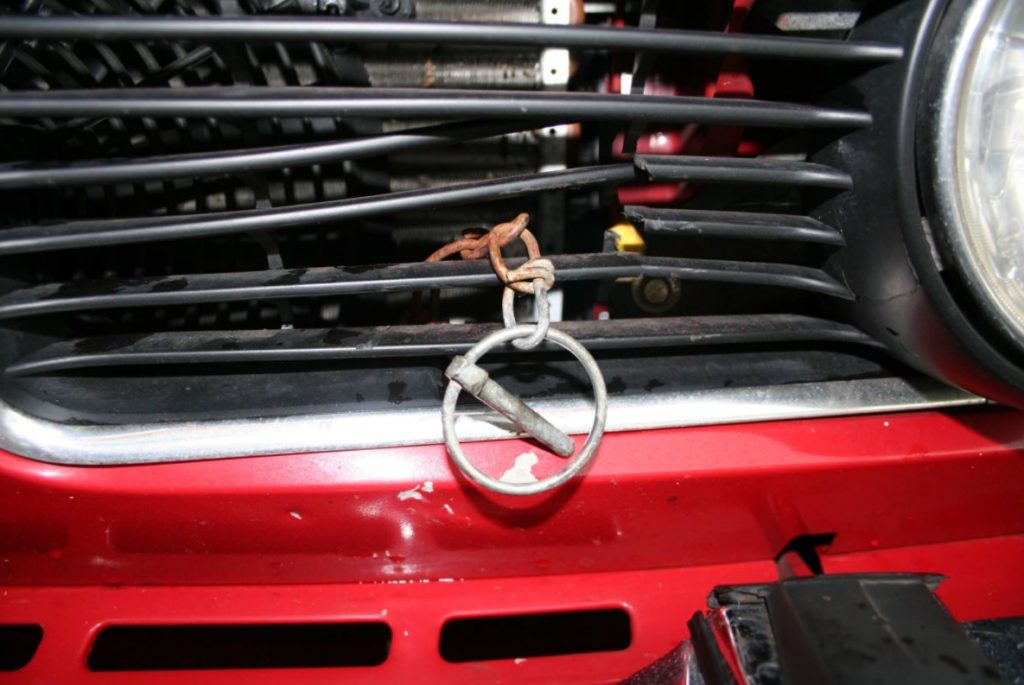
The “clevis pin to the face” incident scared me during the drive in 2013.
1973 Bavaria
It was largely coincidental that after TGDEO2013, I bought the Bavaria, but it worked out fabulously. In addition to my really liking the car, it provided me with another early 1970s M30-equipped BMW with an interior just as intoxicating as the E9’s, but with an overall value that’s much lower, making me less worried about exposing the car to road-trip weather. So the Bav went to the Vintage in 2014 and 2015.
One plus of the car is that unlike the 2002s and the E9, it has framed windows, making it much quieter at highway speeds. The main downside is that the original big, flat Burgermeister seats are beautiful to look at but uncomfortable to sit in, requiring not one but two pillows—a Tempur-Pedic cushion behind me for lumbar support, and another beneath my butt to ameliorate the harsh feel of the springs and deteriorated horsehair padding. This works, but it makes any cornering in the car feel like you’re about to fall off the throne in the bathroom.
That’s usually a minor issue, however, since the car doesn’t see a lot of spirited driving. The Bilstein HD shocks and struts and big sway bars cut down on the floaty boaty feel, but it’s still wearing stock springs. It’s very comfortable, and will comply if you toss it into a corner, but it’s not really a car that I’d select to carve up twisties. A secondary but annoying issue is that the car has an annoying even-throttle hesitation, likely due either to the Weber 32/36s running lean or not being properly synchronized.
Early in the summer, I wrote about flirting with selling the Bavaria. That never happened; I still very much enjoy the car, and I’d drive it to the Vintage in a heartbeat if I had to.
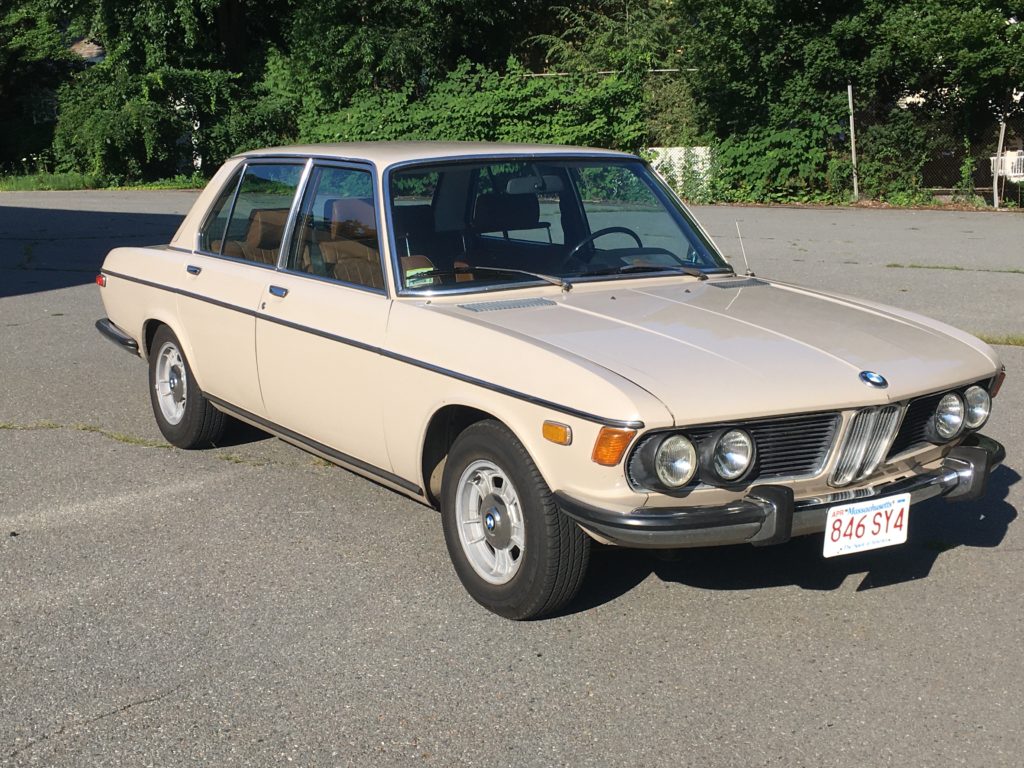
The ’73 Bavaria is a soft but still very capable road-trip vehicle.
And that leaves us with…
1979 Euro 635CSi
I think that the big Paul Bracq-designed E24 6 Series, particularly in Euro trim, just gets better with age. Mine, if I say so myself, is drop-dead gorgeous, radiating that vibe that comes from being an early E12-based Euro car with the short close-in bumpers, the air dams front and back, Polaris paint, a black sport interior, and black factory stripes. The seventeen-inch BBS RC090 Style 5 wheels complete the look, setting up silver-and-black visual reverberations that seem to go on forever.
On the other hand, my car lost its Euro-only 218-horsepower M90 engine and dogleg five-speed close-ratio gearbox sometime in the distant past; they were replaced by a U.S.-spec 182-horsepower M30B34 and a traditional five-speed overdrive transmission. And it has nearly 220,000 miles on it. I’ve flirted with selling it several times, since its weight, length, and the big wheels make it a little numb compared to the E9 and the E3, so I don’t tend to just jump in it and pleasure-drive it.
On the other hand, it’s precisely those things that make it an Interstate inhaler without par. The steering sits right on center without the constant fidgeting and attention that some of my other cars require on a crowned road. The air dam keeps the nose of the car absolutely planted above 80 mph, where the other cars get light. Unlike the Bavaria, the 635i’s suspension is fairly taut, and the sport seats hold me firmly and comfortably. The big shark may not be nimble and tossable like the 2002s, the M coupe, and the Z3, but it thrives on long Interstate sweepers. And the fact that it’s a generation newer than the other five early-1970s cars adds to its comfort and poise in a whole variety of ways, including less wind and road noise, and better climate control.
Sharkie had two road trips a few years back—Southeast SharkFest in 2016 and the Vintage in 2018—but hasn’t seen much use since then. If I don’t take the opportunity to road-trip it, it’s easy to start thinking again about selling it.
So Sharkie it is.
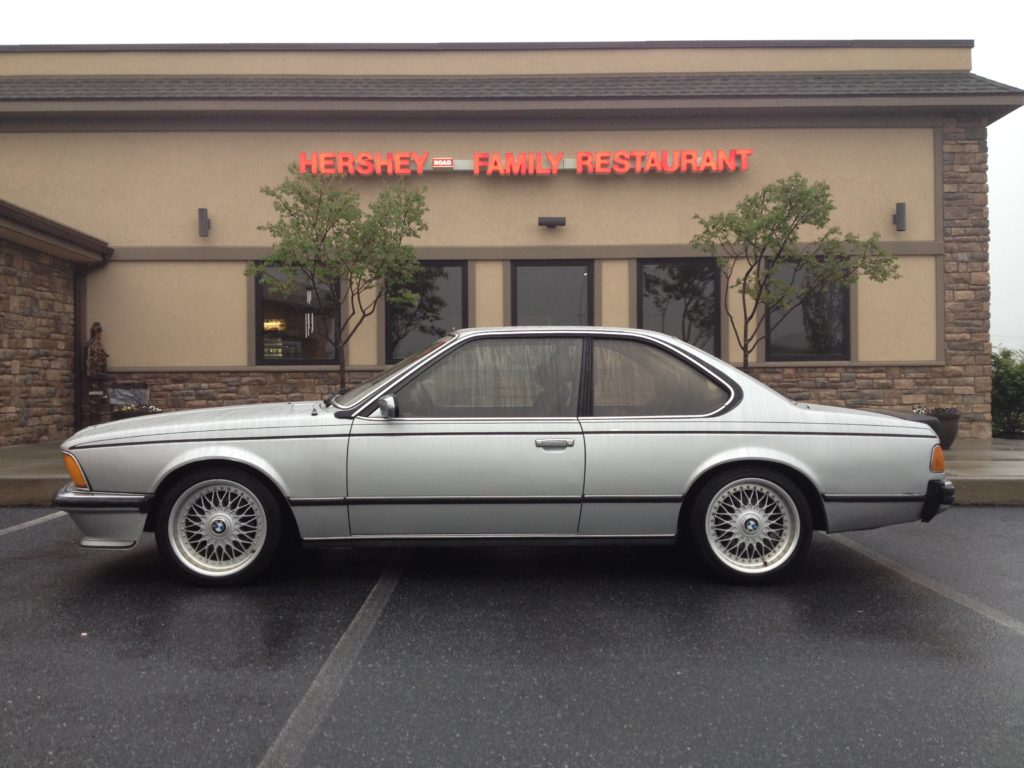
The ’79 Euro 635CSi went to Southeast SharkFest in 2016.
My plan is to drive out to Fitchburg in the Bavaria this weekend, swap it for the E24, and use a planned Labor Day trip to Vermont as a shake-down for the car. If I find something ominous that I can’t address before departing for the Vintage, the nod will go to the Bavaria.
As I said, these are among the happier problems in my life.—Rob Siegel
Rob’s new book, The Best of The Hack Mechanic, is available here on Amazon, as are his seven other books. Signed copies can be ordered directly from Rob here.

